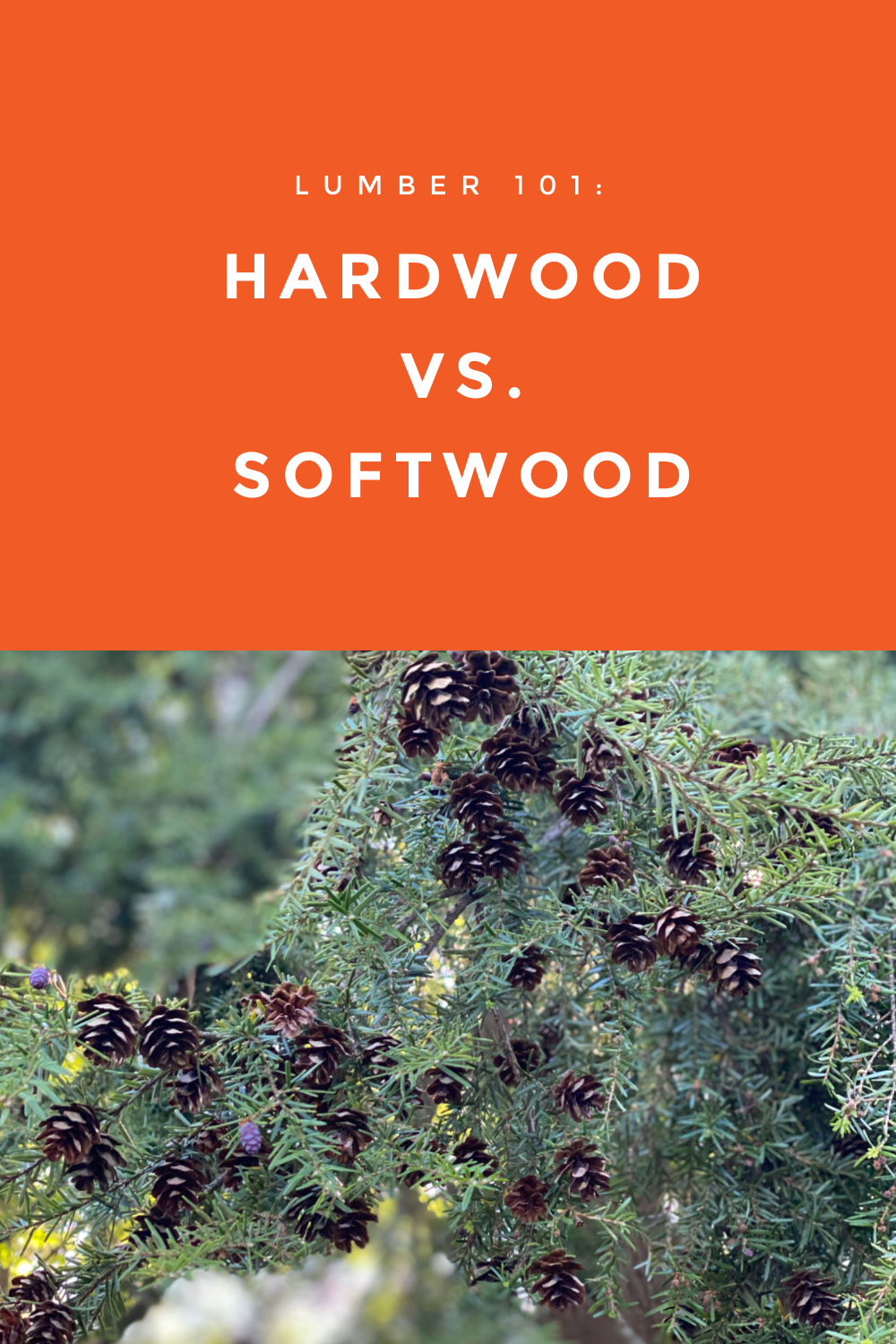
Welcome back to another Lumber 101. Today’s topic is the difference between hardwood and softwood lumber. We will break down the differences and best uses, without getting TOO scientific.
Hardwood Lumber
Generally speaking, hardwood lumber comes from broad-leaf deciduous trees that lose their leaves annually. These trees tend to be slower growing and provide a higher density wood. Hardwood trees reproduce by seeds or fruit, relying on the wind to deposit the seeds to a new location. This type of tree is called an “angiosperm”. Maple trees are a great example, you might have seen the tree’s helicopter seeds flying through the air on a windy day!
Hardwood can be used in a large range of applications, most common are high-end furniture manufacturing, flooring, tools, construction, and cooking. Hardwood lumber burns slowly and hot, making it a great material to smoke meats.
Some examples of hardwood lumber: Pacific Coast Maple, Red Alder, Western White Birch
Softwood Lumber
Softwood comes from evergreen trees (conifers). These trees reproduce in the form of cones, called “gymnosperms”. A pine cone is a perfect example! Softwood trees are typically faster growing and less dense than hardwood. The different density makes softwood easier to work with as it takes screws and nails with a lower risk of splitting.
With such a wide range of end uses, softwood is a versatile product. It is widely used as framing (construction) material, furniture building, and paper products. It does not work well in smoking/cooking applications due to the sap/pitch that burns quickly and does not produce sufficient heat.
Some examples of softwood lumber: Douglas Fir, Yellow Cedar, Western Hemlock, Sitka Spruce, and Western Red Cedar.
Lumber Store by CarlWood provides only softwood lumber for purchase online. If you are searching for some hardwood for a project, please contact us and we can help you out.